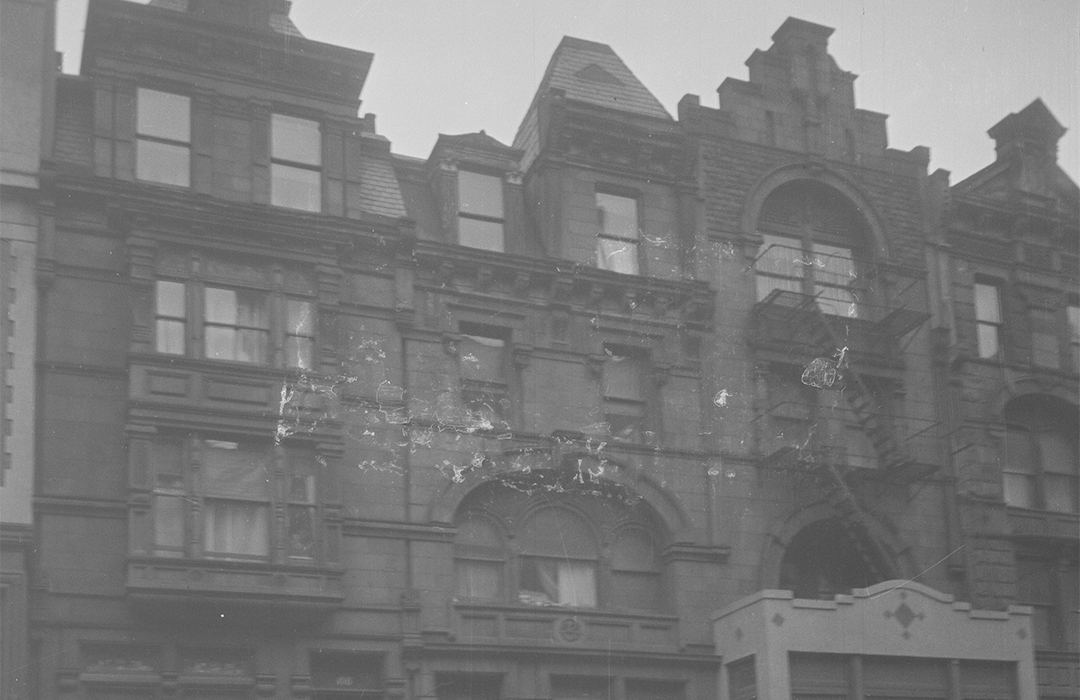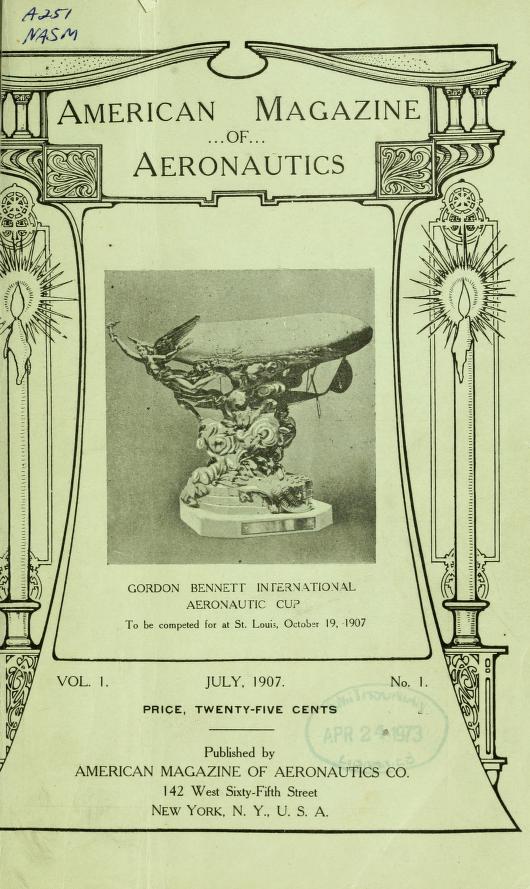
142 West 65th Street
by Tom Miller
In 1887, the architectural firm of Schneider & Herter completed plans for five four-story and basement stone-faced houses on West 65th Street between Ninth and Tenth Avenues (later Columbus and Amsterdam Avenues). Each of the 20-foot-wide residences would cost developers J. B. E. and W. Fuller $18,000 to construct—about $570,000 in 2023 terms. Completed within the year, each of the Queen Anne-style houses was different, yet their fanciful designs—with yawning arches, dormers, parapets, and one decorative pyramidal tower—combined into a magical streetscape of shapes and shadows.
Given that the properties sat within the neighborhood known as San Juan Hill, one known for its racial divergence and often-impoverished residents, the Fullers erecting upscale homes here is surprising. It was a condition that became apparent to the homeowners, including Catherine Conkling, who purchased 142 West 65th Street.
Catherine was the niece of Roscoe Conkling, a dominant figure in New York politics. The Republican represented New York in both the House of Representatives and the United States Senate. The refined Catherine Conkling was unaccustomed to public abuse—until she moved onto West 65th Street. On the morning of July 29, 1897, as she passed 160 West 65th Street on her way home, Catherine was taunted by a two-year-old, Tommy McKeag, who called her, “Big Mary! Fat Buckshot Mary!” It was the last straw for Catherine Conkling.
Catherine was taunted by a two-year-old, Tommy McKeag, who called her, “Big Mary! Fat Buckshot Mary!”
She swore out a warrant on the boy’s mother, Mrs. William McKeag and they squared off in the Yorkville Court the next day. Catherine brought along her lawyer, Asher Mayer, and another neighbor, Colonel Hirsch. With Mrs. McKeag were her husband and little Tommy, who was no longer yelling taunts, but clinging “sheepishly to his mother’s skirts,” according to The New York Times.
Described by newspaper as “a white-haired woman of apparent refinement,” Catherine laid out her list of complaints about the McKeag brood, insisting they acted on the direction of their mother. “She said they rang her doorbell, sometimes broke the bellpull, threw stones at her windows, and sometimes hit them, with disastrous results; hurled pebbles at her with a bean-shooter, and in numerous other ways caused her a great deal of annoyance,” said The Times. The article noted that Colonel Hirsch, “volunteered the opinion that Mrs. McKeag was a general nuisance.”
Later that afternoon, Catherine told a reporter, “That woman has been in this neighborhood only about six months, and she is always egging on her children to insult me. Her little girl is an impertinent minx and makes me dreadfully angry. But I know it’s her mother who tells her to do it.” This final episode was all that Catherine Conkling could take. She summed up San Juan Hill in vowing:
I am going to move away. My neighbors, most of them, are nice people, and we get along pleasantly, but I can’t stand the neighborhood. Tenth Avenue is something awful, and I have been used to better surroundings. I am sure I don’t know what induced me to buy here. I’m going to sell and go where there are not so many impertinent children.
After Catherine left, 142 West 65th Street survived as a private house until around 1907, when the basement and parlor floors were converted for business. A two-story Arts & Crafts style storefront with a sculptured parapet and vast show windows was installed. The publisher of the American Magazine of Aeronautics moved in that year.
The upper portion of the house was still, technically, a private home, but the owners took in boarders. There was a total of seven families living here in 1910. Not all the residents were upstanding. On May 25, 1915, for instance, the Brooklyn Daily Eagle reported that Mrs. Gertrude T. Massom had had Herbert T. Harden arrested for stealing her $880 diamond ring. She said that Harden, who worked as a collector for a Brooklyn milk company, “accompanied her to her home on March 3, and that later she missed [the] diamond ring.” Exactly why Harden was in her room was not divulged. Harden told the court, “Mrs. Massom gave it to him to pawn.”
In 1920 there were 18 families living here, four of which were immigrants. A somewhat surprising boarder arrived in early summer 1923. Jack Gilmartin was 41 years old and had worked for the New York City Police Department while studying law at night. Following graduation, he moved to Chicago where he passed the bar and eventually was appointed a State’s Attorney. But a nervous breakdown forced him to abandon the legal profession. He brought his family to New York and found a job as a “whistler” for a railroad. (A whistler worked with the track repair gangs and watched for incoming trains. When one was spotted, a signal whistle was blown to warn the men to get off the tracks.)
Mrs. Gertrude T. Massom had had Herbert T. Harden arrested for stealing her $880 diamond ring.
On the night of August 22, 1923, Gilmartin and the gang were working on the tracks of the New York Central Railroad at Park Avenue and Gouverneur Place in the Morrisania section of the Bronx. The New York Times reported, “Gilmartin saw a train approaching and gave the warning. The men had crossed over to the express track and were waiting, when a sudden impulse caused Gilmartin to look back over his shoulder. As he did, he saw the express train bearing down upon him. Realizing that the other members of the gang still had a chance, he placed the whistle to his lips and sounded several warning blasts.” The urgent whistles saved the lives of the stragglers, “but the few moments required to warn his fellow workmen cost Gilmartin his life, for, as he leaped from the path of the onrushing train the fender struck him, hurling him into the adjoining track,” said the article. When the express train had passed, the workers recovered his body.
The demographics of 142 West 65th Street continued to change over the ensuing decades. Now described by the State of New York as a rooming house (meaning there were no amenities included in the rent), in 1950, there were 22 families living in the former house, 13 of them immigrants hailing from such diverse countries as Puerto Rico, Japan, Canada and Ireland.
Within only a few years, discussions of a vast urban renewal project that would eradicate the entire San Juan Hill neighborhood were begun. Demolition of 16.3 acres of buildings began in 1957, putting more than 40,000 residents on the street. The site of 142 West 65th Street is roughly the site of the Film Center at Lincoln Center.
Tom Miller is a social historian and blogger at daytoninmanhattan.blogspot.com



